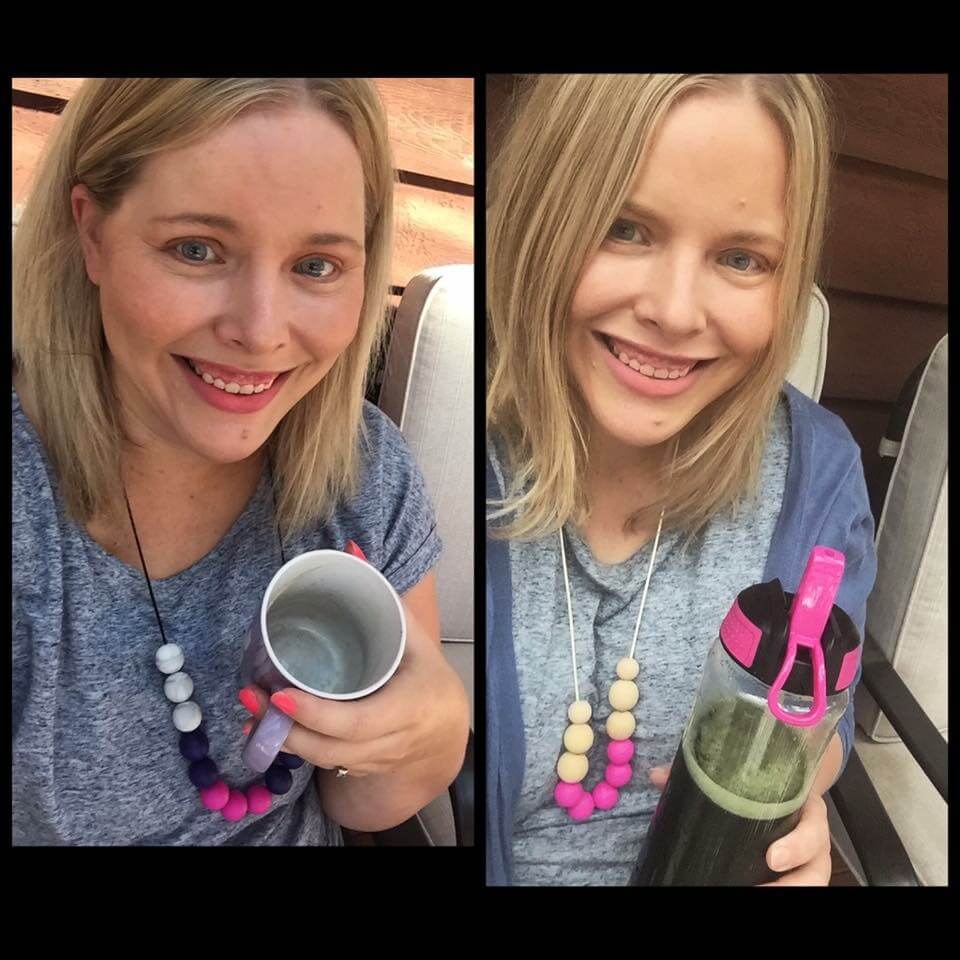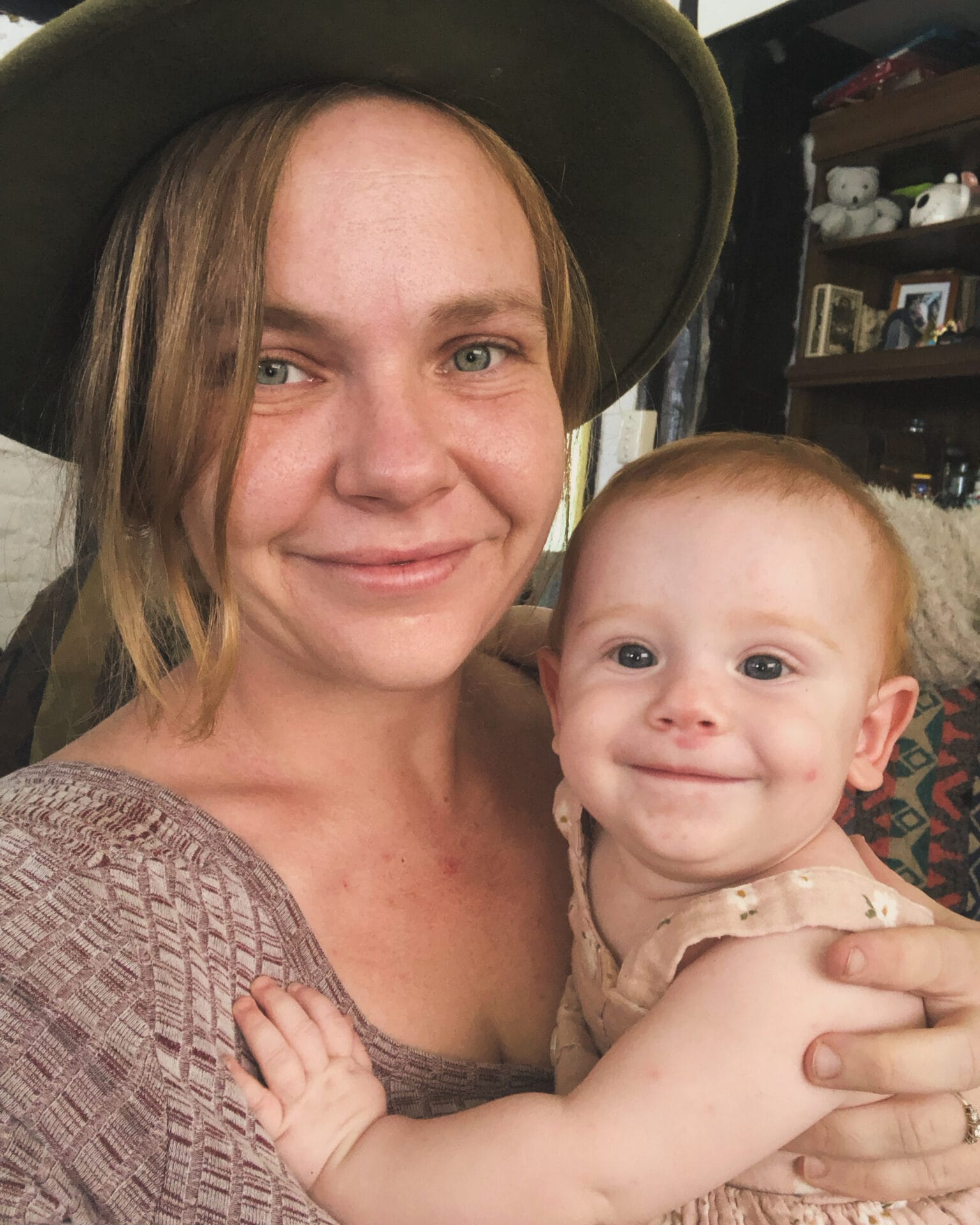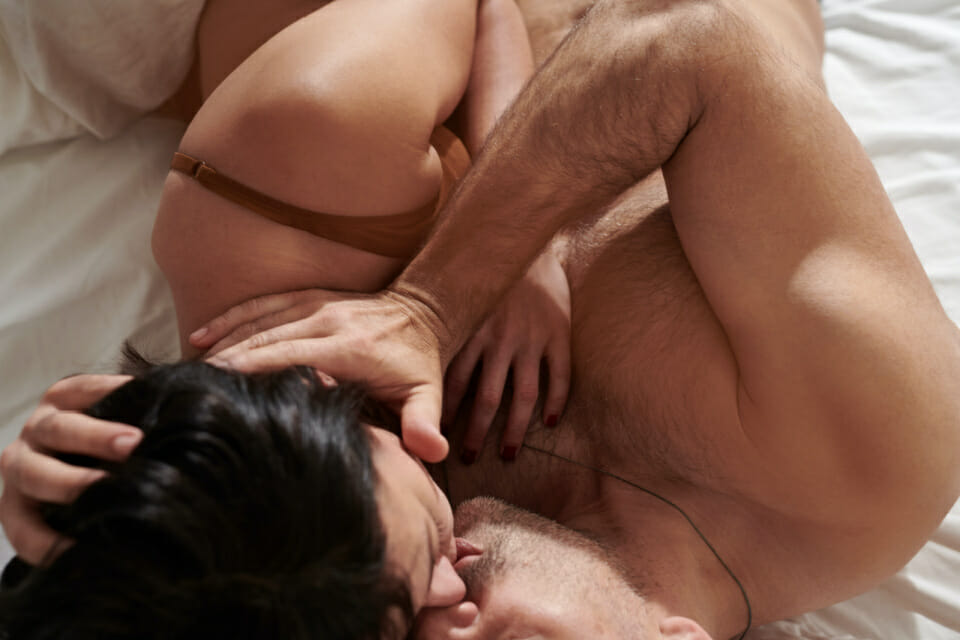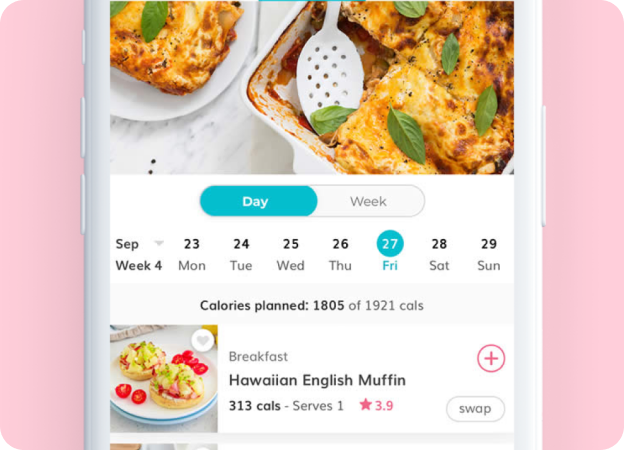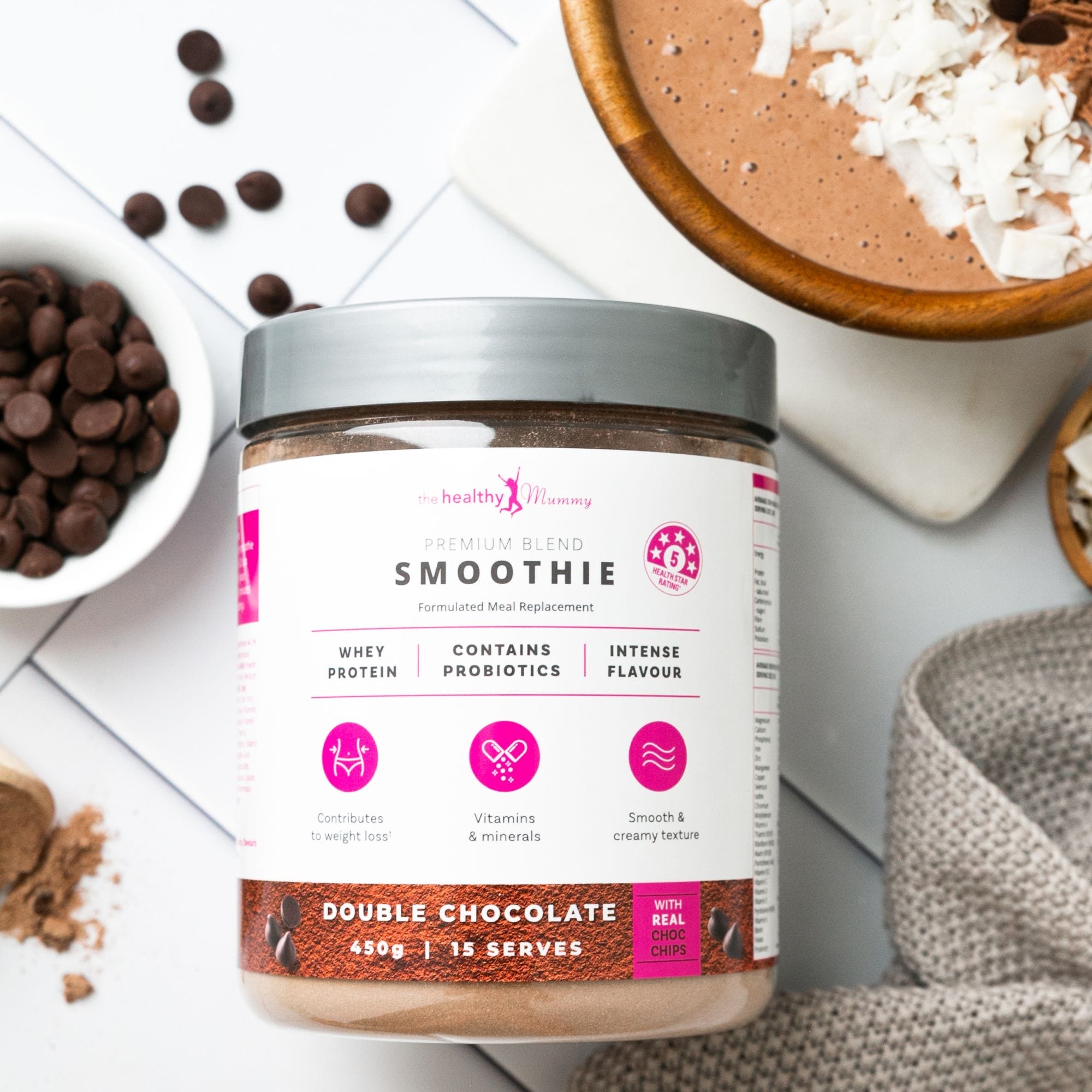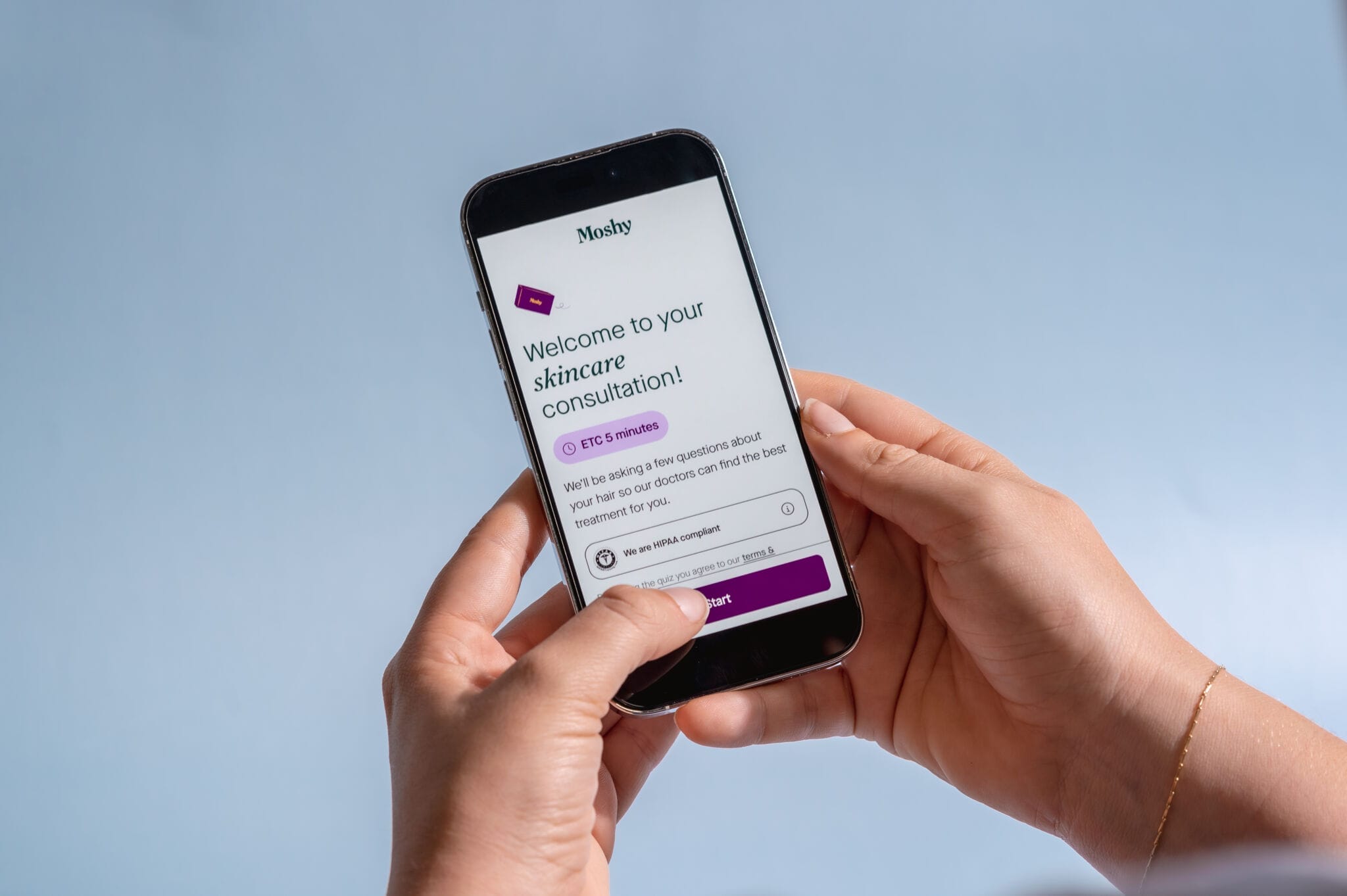How to care for your newborn’s umbilical cord and when it should fall off
Belly buttons are like opinions – everyone has one! Belly buttons are the scar we are all left with after birth from the umbilical cord (the nutrient and oxygen lifeline inside the womb).
As the umbilical cord is no longer needed after your newborn enters the world, it is cut and clamped and a small 2cm part remains behind.
Your midwife should put a plastic or cotton tie around the leftover stump until it naturally drops off.
Here’s what you need to know about you bub’s umbilical cord and how to care for it.
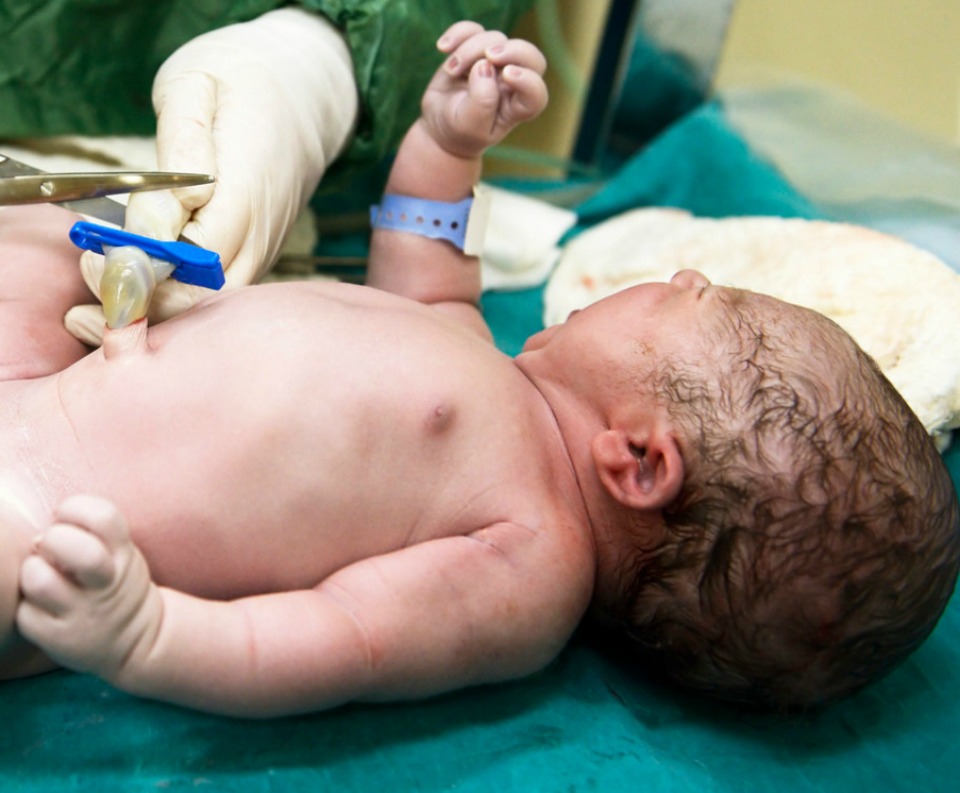
Everything you need to know about your baby’s umbilical cord
How long will my baby have the umbilical stump for?
Most babies have the stump for around four to seven days before it drops off naturally. However, in some instances it may take between three to six weeks for it to come away. If it hasn’t fallen off by six weeks, you should see your doctor for advice.
The clamp or tie will help seal and dry it. The stump usually turns black, shrivels up and falls off. What you should be left with is a small mark – the belly button.
Don’t try to pull the stump off, instead let it fall away naturally. Keep your baby in loose-fitting clothing that doesn’t press against the stump.
How to care for the umbilical cord
The less you do is generally better! Researchers recommend leaving the stump alone as much as you can as it will help it heal faster. Keep it dry and clean to help prevent it from being infected.
If you want to bathe your baby, you can with plain water and afterwards gently pat them down with a soft towel. Let the stump dry naturally before putting a nappy on your bub. Don’t use antiseptic or baby wash that doesn’t have a neutral pH.
Make sure you always wash your hands after nappy changes before touching your baby’s stump. You can fold down the waist of the nappy to let air help dry it out.
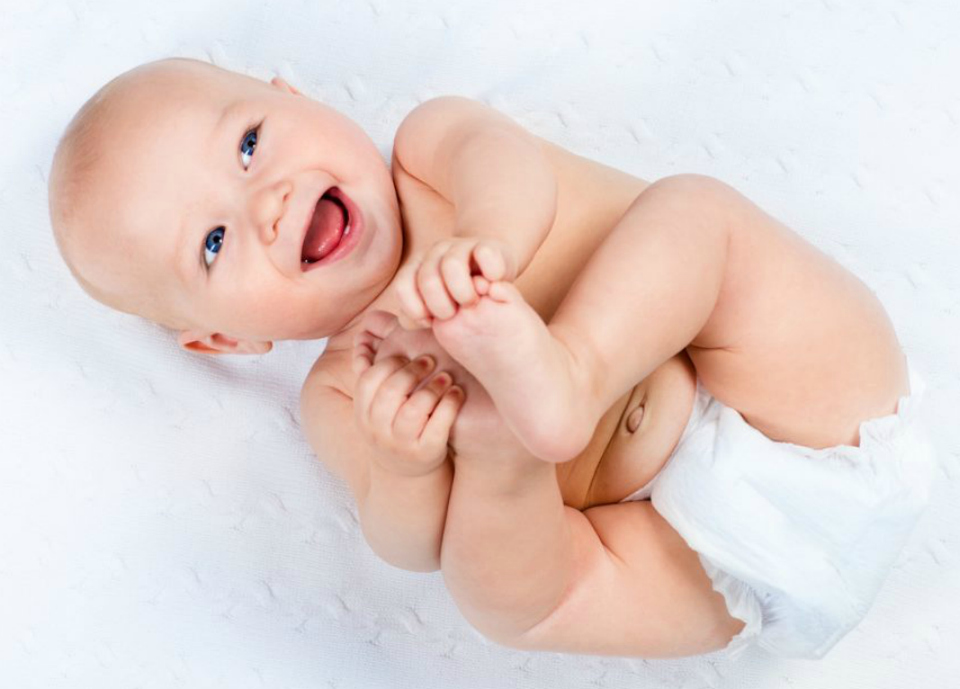
How to know if your baby’s umbilical stump is infected
The stump may have pus or look a bit yucky but this doesn’t mean it’s infected. It’s normal to see a little blood near the stump also.
You should see your GP or midwife if the area surrounding your baby’s umbilical cord becomes swollen or red, smells or if your baby develops a fever, doesn’t want to feed, seems irritable and lethargic.
Your doctor may apply a chemical called silver nitrate to help dry it up faster.
Meanwhile, here’s what you can expect in the first seven days with a newborn.
For more baby-related-news join our New Mum Facebook Support Group.
At the Healthy Mummy we understand what it is like to be a mum, as we are mums, too. That’s why we offer a supportive community from pregnancy, birth, early motherhood and beyond.
With eight community groups, including a NEW MUM SUPPORT GROUP, there are THOUSANDS of like-minded mums who can offer daily support to the Healthy Mummy members. All groups are moderated regularly by our professional staff, to ensure a safe and non-judgemental environment.

To find out more on our communities, click here.

